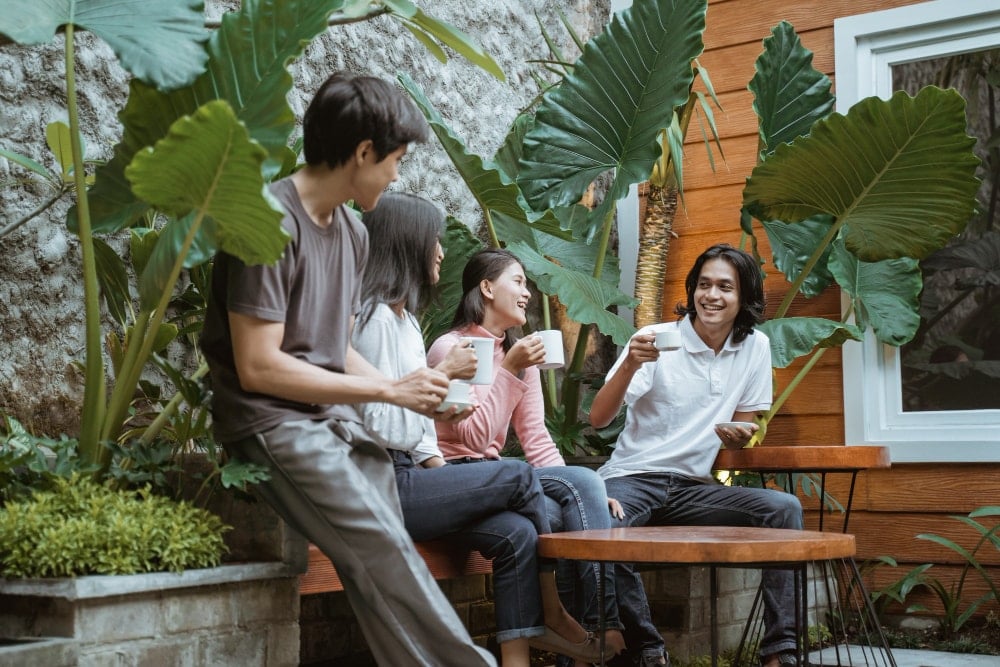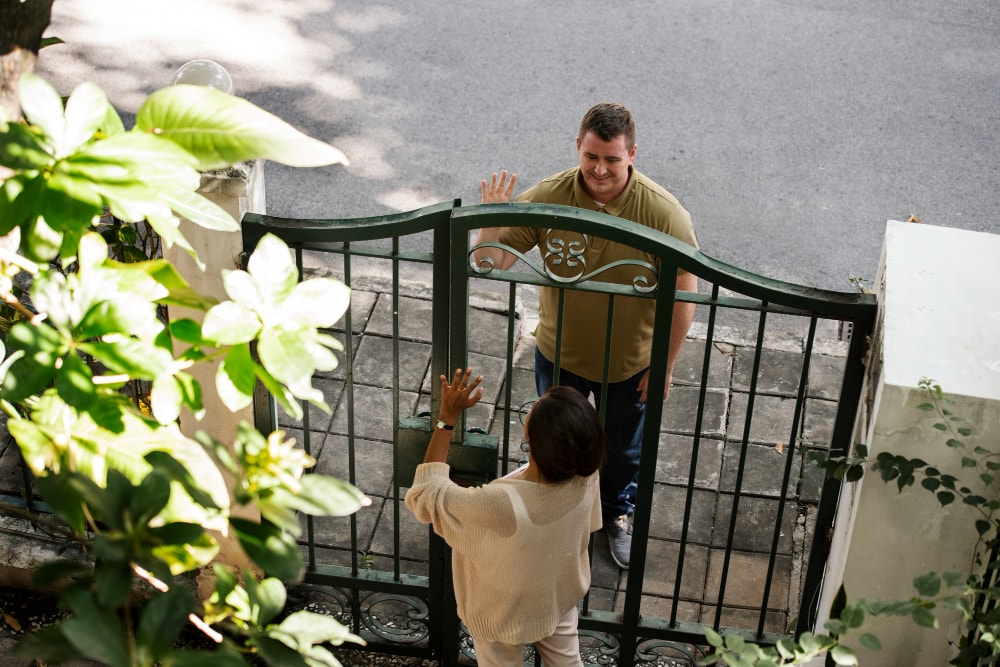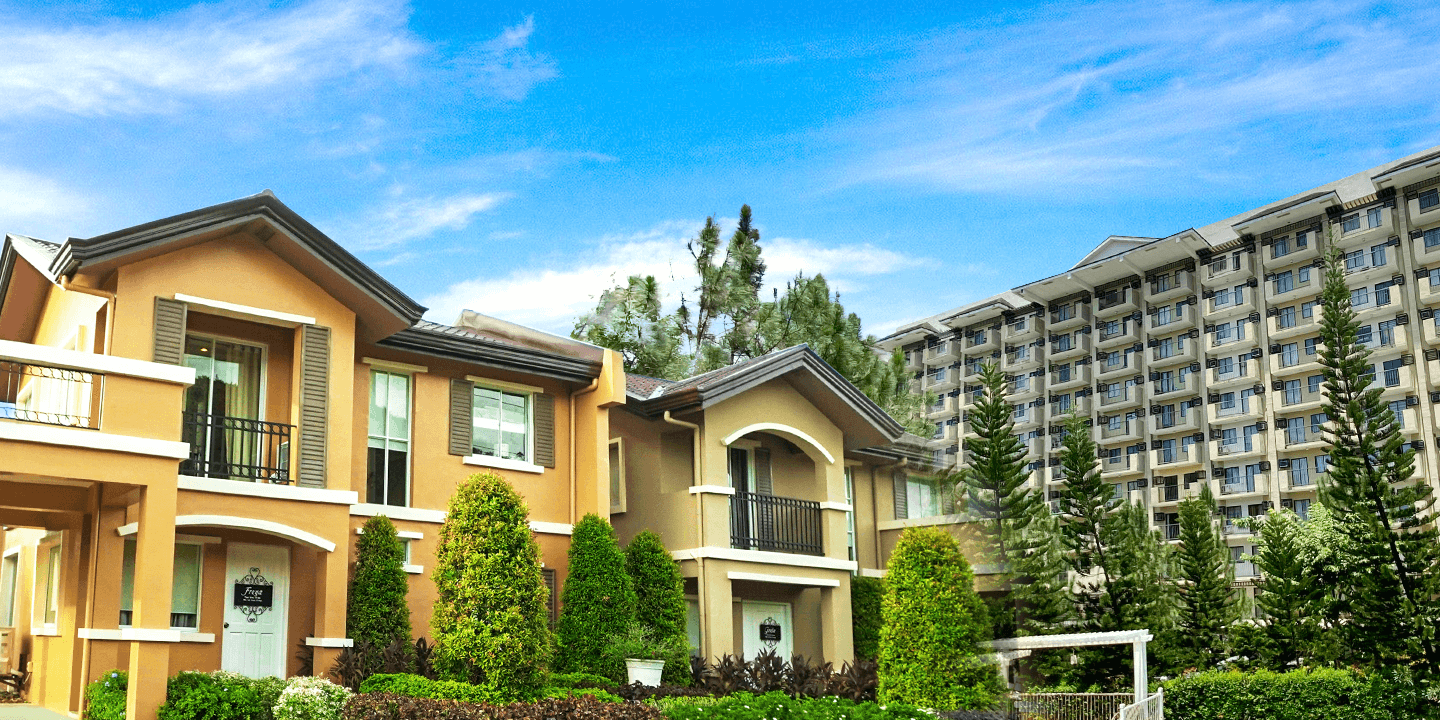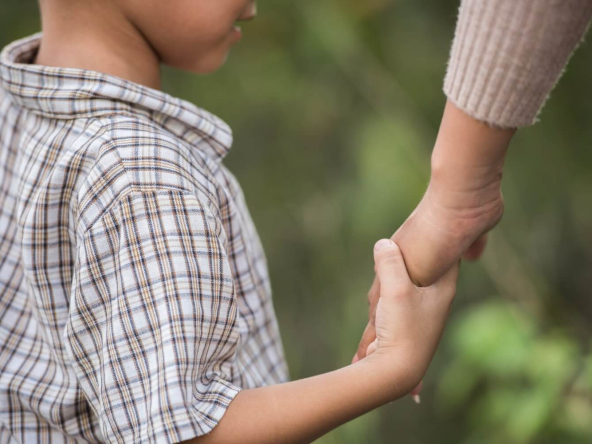Building the social architecture of your new community
family, new neighbors
The first few days in a new house can feel like floating—your furniture’s in place, but your life hasn’t quite landed. You’re surrounded by unfamiliar houses, unsure if anyone will knock, wave, or avoid eye contact.
It’s awkward, sometimes isolating. But there’s one simple action that can change all of that: throw a neighborhood move in party.
This isn’t just about hosting a housewarming party. It’s about building the social architecture of your new community, one introduction and plate of baked goods at a time.

Make Your New Neighbors Feel Seen—And Involved
Genuine greetings
Your next door neighbor may be curious, your other neighbors might be busy, and someone three doors down might already be judging your curtains. The fastest way to shift that uncertainty is to say hello—not just to the person beside you, but to the entire block.
You don’t have to be loud, extroverted, or overly polished. You just need to be aware that most people feel awkward around strangers.
When you make the first move, you make space for them to feel human again. You’re not just inviting people into your new home—you’re letting them know you want to be part of the community.

Welcome to the Neighborhood: The Invite That Works
Make it casual but personalized
The first step is to start with a simple welcome note. It doesn’t have to be handwritten, but it should feel personal. Use language that reflects you:
“Hi! We just moved into the grey house on the corner. We’d love to meet you at a casual get-together this Saturday. Stop by anytime between 4–7pm for snacks, drinks, and conversation.”
Leave the note at their front door, or if you catch them near their car, hand it over in person with a smile. Most people won’t knock on a stranger’s door uninvited. A written invite dropped off at your neighbors’ houses gives them permission—and a reason—to show up.
You can even send out a few invites to your old friends so that they, too, can get familiar with the neighborhood.
Open House, Block Party, or Backyard BBQ?
Choosing the type of event depends on your energy and the layout of your street. If you’re moving into a planned development like Camella Trails Gensan, with walkable paths and friendly security, you might consider a mini block party—even just at your driveway.
Host an open housewarming party
Prefer something quieter? Host an open house, letting people come and go through the afternoon. Put out easy food options, a few drinks, and a corner for kids with puzzles or colouring sheets. The format matters less than the tone: keep it relaxed, inclusive, and unforced.
Just don’t over-engineer it. A formal sit-down dinner or too much structure can feel like a bad idea. Remember: most people are just showing up to say hi—not to be impressed.

What Makes a Great Neighbor? It’s the Follow-Through
Anyone can host a party. But a great neighbor follows through. After the event, walk the neighborhood again. Say hello to anyone who missed it. Drop off leftover baked goods with a short note:
“We missed you at the get-together! Just wanted to say we’re glad to be here.”
It’s a nice gesture that turns a one-time event into ongoing conversation.
The Unspoken Value of Being the First to Knock
Make the first move
There’s something powerful about being the first person on the block to make the move—socially, not just physically. You may be the newcomer, but when you take the initiative to start conversations, host a neighborhood move in party, or drop off a small gift, you quietly influence the tone of the street.
Reaching out
You’re showing that this isn’t just your new home—it’s a shared space with shared potential. When you reach out, even to someone reserved, you make it easier for them to reciprocate. And that ripple builds over time.
The reward? When your kids ride their bikes, someone’s watching out for them. When you’re away, someone notices. You’re not just another name on a mailbox. You’re part of the thread that keeps the neighborhood intact.
How Camella Homes Encourages Real Community
Living in a Camella community
In master-planned communities like Camella Trails Gensan, social ties don’t happen by accident. The design encourages movement—front yards instead of gates, pathways instead of walls. It’s easier to meet people and feel welcome when the place is designed for a community.
Here, it’s common to find community groups, weekend meetups, and even informal neighborhood watch arrangements.
Hosting a neighborhood move in party in this kind of setting feels natural because the culture already supports it. You’re not starting from zero—you’re joining a rhythm.
Kids, Coffee, and Connection Points
Expect that some people won’t stay long. Some will hover near the snack table. Others will linger and ask about your new house or where you moved from. Create openings for all types.
Set out a thermos of coffee and let people pour their own
Have bowls of finger food and label them
Put up a chalkboard or paper sign that says, “Write your name and house number!”
The goal isn’t to entertain—it’s to create room for genuine moments. Let your guests feel like they belong in your space, even if just for an hour.
Using Everyday Moments to Bridge the Gap
You don’t need an event to introduce yourself. Often, the best connections are made during routine moments: when someone’s loading groceries into their car, picking up mail, or walking the dog. These micro-opportunities don’t require a script—just a pause, a question, or a simple, “We just moved in.”
One of the most effective tricks? Offer help. Notice a neighbour struggling with bins or carrying furniture? Offer a hand. It’s subtle, it’s human, and it signals your intent without making a grand statement.
Even better, these spontaneous interactions reinforce everything your housewarming party started. They give continuity to the initial “hello,” turning politeness into familiarity—and eventually, familiarity into trust.
“Not Everyone Showed Up”—And That’s Okay
You might notice that not everyone came. Some skipped it. Some forgot. Some were out. Don’t take it personally. Life is busy, and you’ll get other chances to connect.
Others may surprise you weeks later with a wave or a gift. Or you’ll see them at another get-together, during the holidays, or when someone else hosts a potluck. Your party simply planted the seed.
How to Keep the Momentum Going
After the party, don’t disappear. Be visible. Introduce yourself when you pass people. Offer help when you see someone struggling with bags or furniture. Mention that you’re interested in joining or even starting a community thread or message group.
This kind of follow-up is what turns one friendly evening into a network of new friends and reliable support.
The Power of Presence, Not Perfection
Hosting a move-in party doesn’t require a Pinterest board or professional catering. It requires your family, your house, and your willingness to open the door.
When you walk around your new neighborhood, you’ll start noticing the little things: which neighbors like plants, which have kids, which work nights.
That awareness helps you understand not just your neighbors, but the rhythms of the block.
Final Thoughts: From House to Home
You only get one chance to make a first impression. But that impression doesn’t have to be grand—it just has to be human.
So whether it’s snacks in the garage, drinks in the garden, or a casual chat on the lawn, remember that what you’re really doing is saying: “We’re here. We care. We’d like to know you.”
That’s the point of a neighborhood move-in party. It’s not the food, the format, or the decorations. It’s the decision to turn your new place into something more than property.
It’s the first real step toward feeling settled—and helping others feel that too.

Celebrate Life’s Milestones in Camella!
House and Lot & Condominium for Sale in the Philippines


